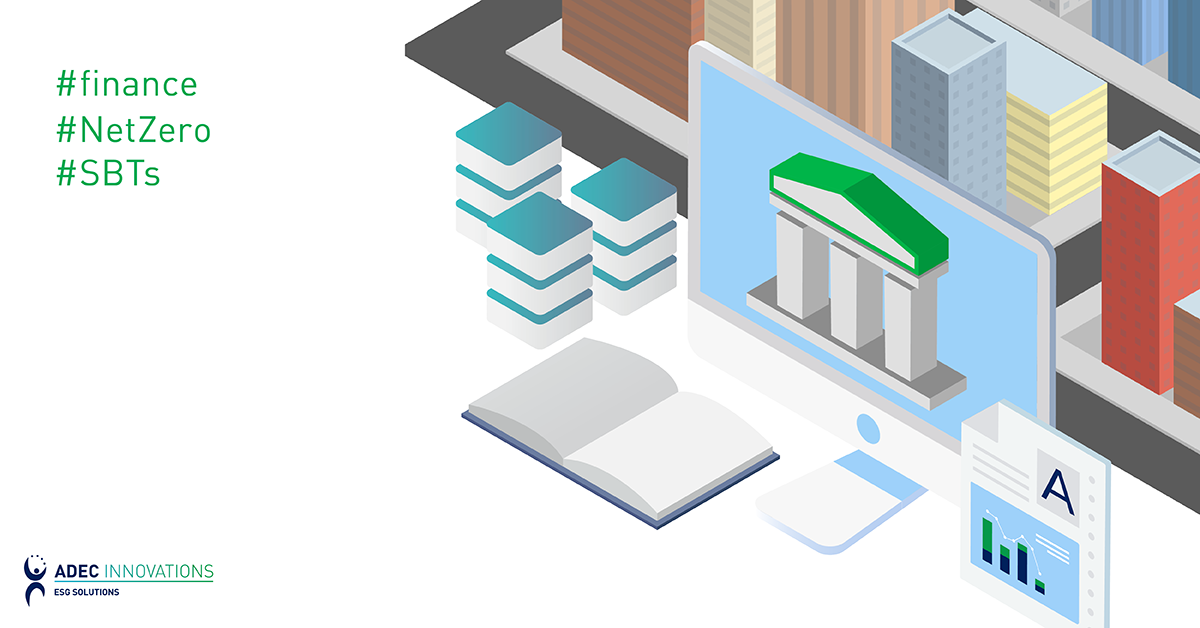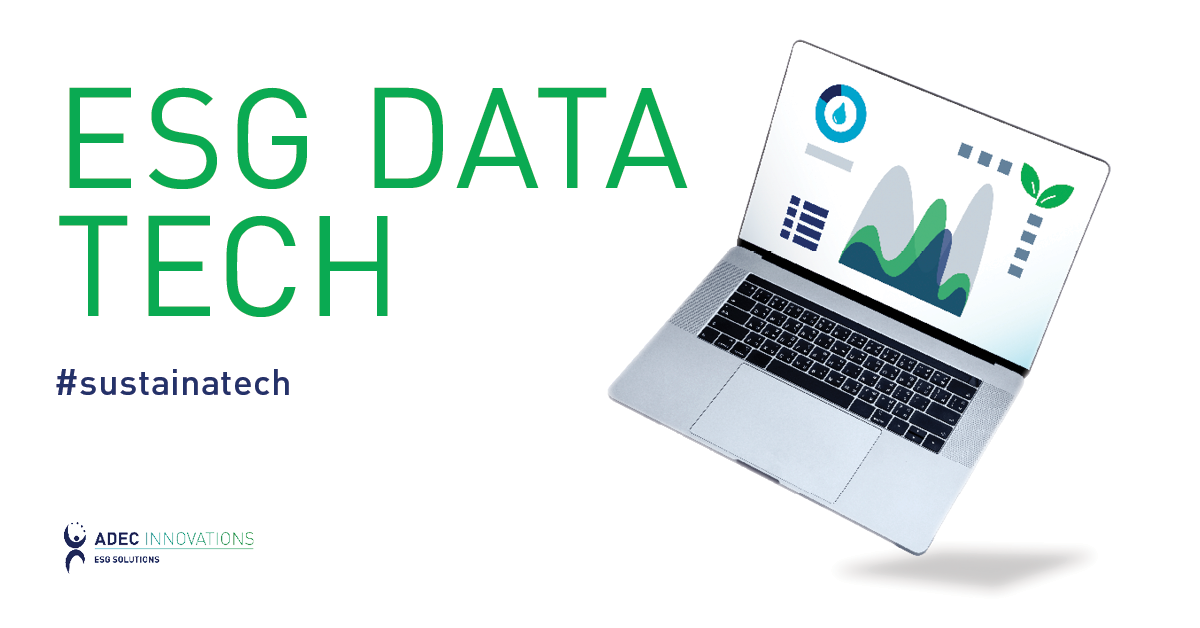Setting Science-Based Targets: SBTi’s Framework for Financial Institutions
Shortly after the release of the Science Based Target initiative's (SBTi) pilot version of the sector development framework for financial institutions early this month, the total commitment to Science Based Targets surpassed 1,000 companies. SBTi’s new framework allows financial institutions to set science-based targets to align their lending and investment activities with the Paris Agreement.

By Megan Crawford
October 21, 2020
Shortly after the release of the Science Based Target initiative's (SBTi) pilot version of the sector development framework for financial institutions early this month, the total commitment to Science Based Targets surpassed 1,000 companies. SBTi’s new framework allows financial institutions to set science-based targets to align their lending and investment activities with the Paris Agreement.
About the SBTi framework for the finance sector
The development process for SBTi’s framework for financial institutions began in September 2018, with the Expert Advisory Group’s first meeting. Today, the sector development framework for financial institutions includes:
- Financial Sector Science-Based Targets Guidance
- SBTi Criteria and Recommendations for Financial Institutions
- SDA for Commercial Real Estate and Residential Mortgage Tool
- Science-Based Target Setting Tool (version 1.2)
The framework is relevant to universal banks, asset managers (mutual funds), asset owners (pension funds, closed-end funds, insurance companies, mortgage real estate investment trusts (REITs), as well as other financial institutions that have holdings in the following asset classes: real estate; mortgages; electricity generation project finance; corporate and consumer loans, bonds, and equity. Asset classes beyond this list are currently out of scope but may be included in future developments.
How are sector-specific criteria different?
The general process for setting and validating a science-based target through SBTi is similar for all sectors. However, it is important to note that for financial institutions, the sector-specific criteria supersedes the general SBTi criteria. The main difference between the general criteria and the sector-specific criteria is that the SBT for a financial institution must cover institution-wide Scope 1 and Scope 2 emissions, as well as Scope 3 Investment and Lending Activities. Other remaining Scope 3 emissions categories may be included if desired, but the main emphasis is on portfolio emissions.
In addition, there are three approaches a financial institution may use to set Scope 3 portfolio targets:
- Sectoral Decarbonization Approach (SDA): Among these three methods, SDA is the only approach that requires emissions measurement on an asset-class level compared to an engagement-oriented approach focused on portfolio companies’ actions to measure and reduce emissions (i.e. Portfolio Coverage Approach and Temperature Rating Approach). SDA is also the only sector-based approach, and it is applicable to all asset classes covered in SBTi’s current framework for financial institutions.
- SBTi Portfolio Coverage Approach: Financial institutions commit to having a portion of their investees set their own SBTi-approved science-based targets such that the financial institution is on a linear path to 100% portfolio coverage by 2040 (in consistent emissions or monetary terms). This approach is only applicable to certain asset classes.
- The Temperature Rating Approach: This approach enables financial institutions to determine the current temperature rating of their portfolio and take actions to align their portfolios to ambitious long-term temperature goals by engaging with portfolio companies to set ambitious targets. To use this approach, companies should consult the Temperature Rating Methodology developed by CDP and WWF. This approach is only applicable to certain asset classes.
For more information on how to set Science Based Targets for financial institutions, please check out the Financial Sector Science-Based Targets Guidance, which includes more information on the sector-specific criteria and recommendations, Scope 3 portfolio target methods, recommended tools and resources, and various case studies for financial institutions.
Why should I set science-based targets?
As a financial institution, it may be in your best interest to consider joining the Science Based Targets commitment for goal-setting guidance, to join a community of like-minded companies, or even to help improve investor relations and confidence.
SBTi cites targets based in climate science as “the key to unlocking the system-wide change needed to reach net-zero emissions and limit global warming to 1.5°C above pre-industrial temperatures”. To reach the level of recommended decarbonization established by the Paris Agreement, all players in the global economy need to do their part. While they provide financial and other services to companies from other sectors that are responsible for reducing GHG emissions, financial institutions do not exercise direct control over GHG emission reductions. However, financial institutions have the potential to significantly reduce GHG emissions across the global economy through their investment and lending activities.
If you would like support setting Science Based Targets for your company, ADEC ESG Solutions provides various levels of support with the target setting and validation process. For more information, please contact us to speak to one of our experts.
To learn more about science-based targets, check out our blog HERE.
Related Articles
Science Based Targets, 1Unique Tag
By Sondra Scott on August 10, 2021
Science Based Targets | Sustainatech | 1Unique Tag
By Sondra Scott on June 8, 2021
1Unique Tag
Be a sustainability leader.
Our team supports you no matter where you are on your Sustainability Journey. Talk to us today to learn more.




